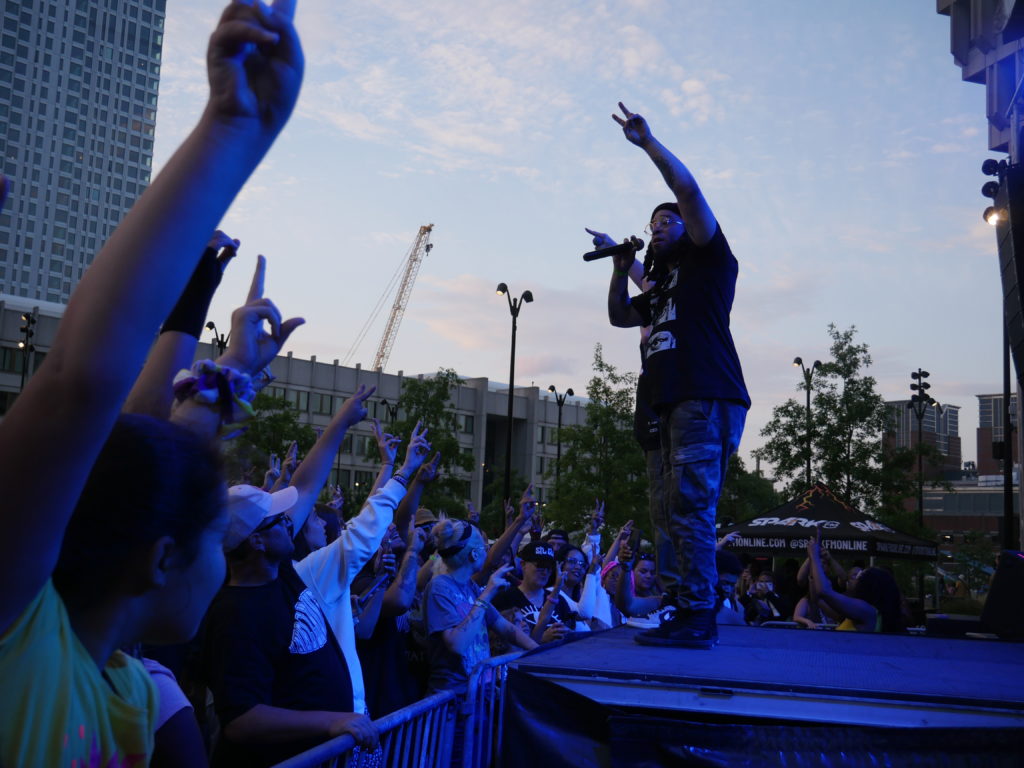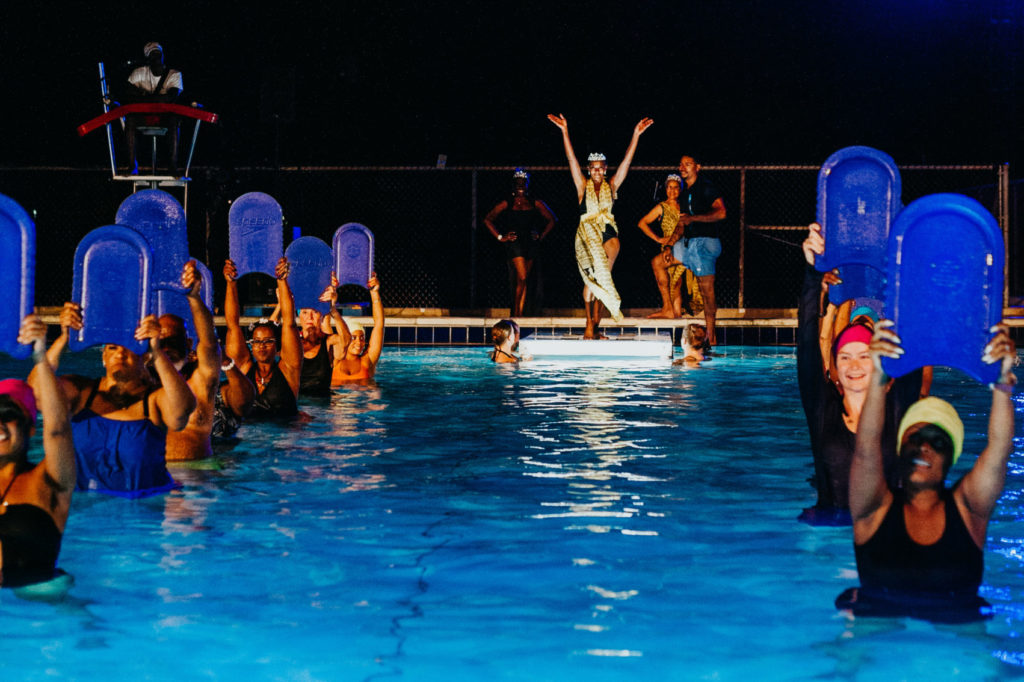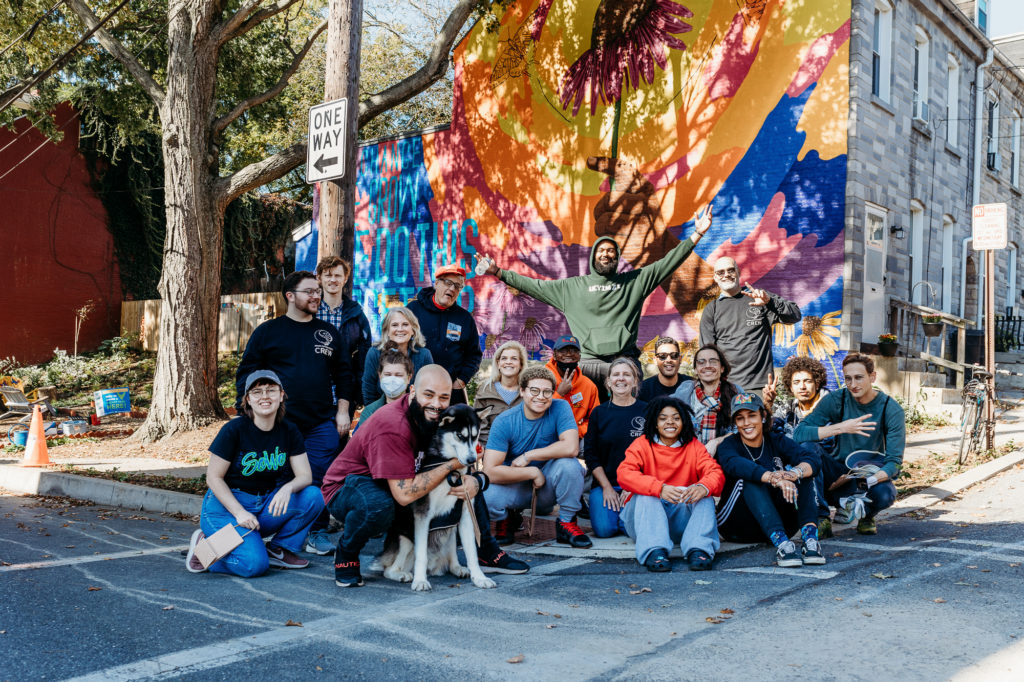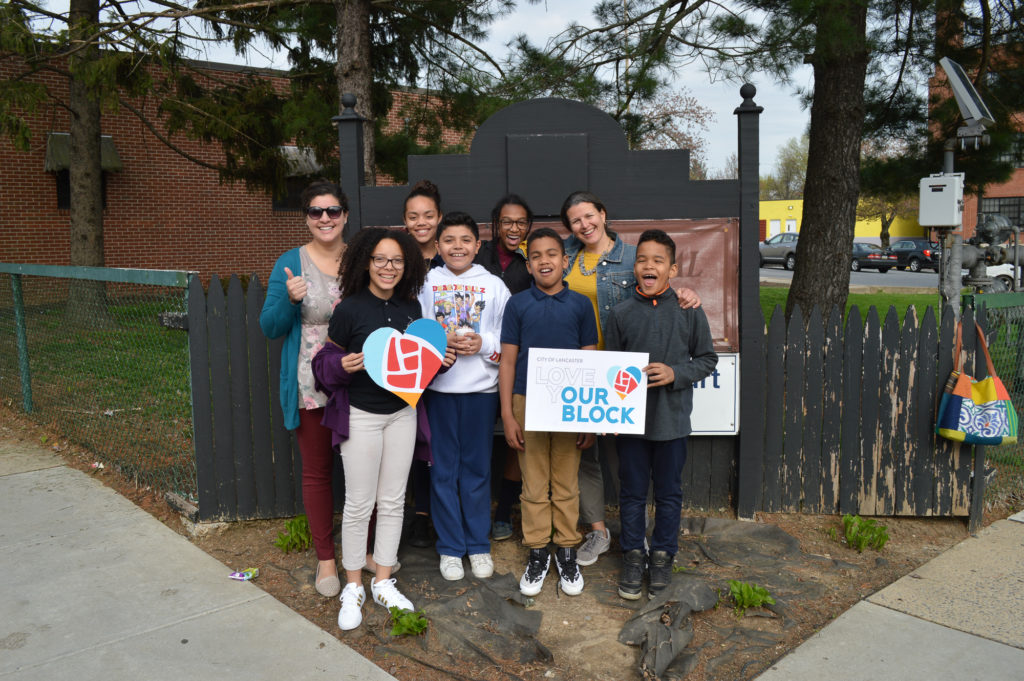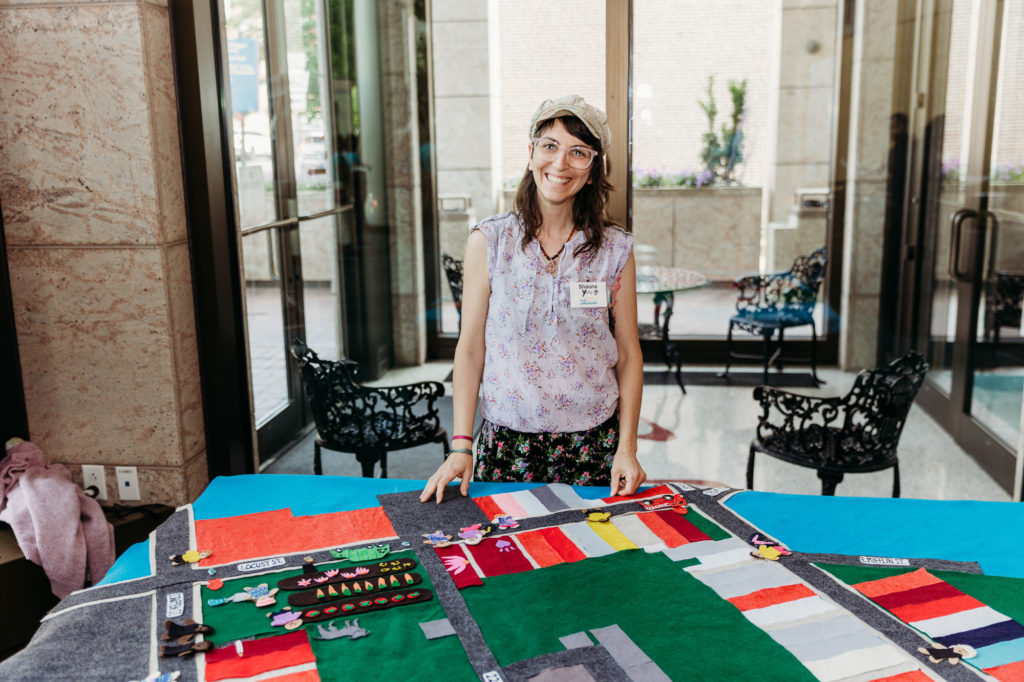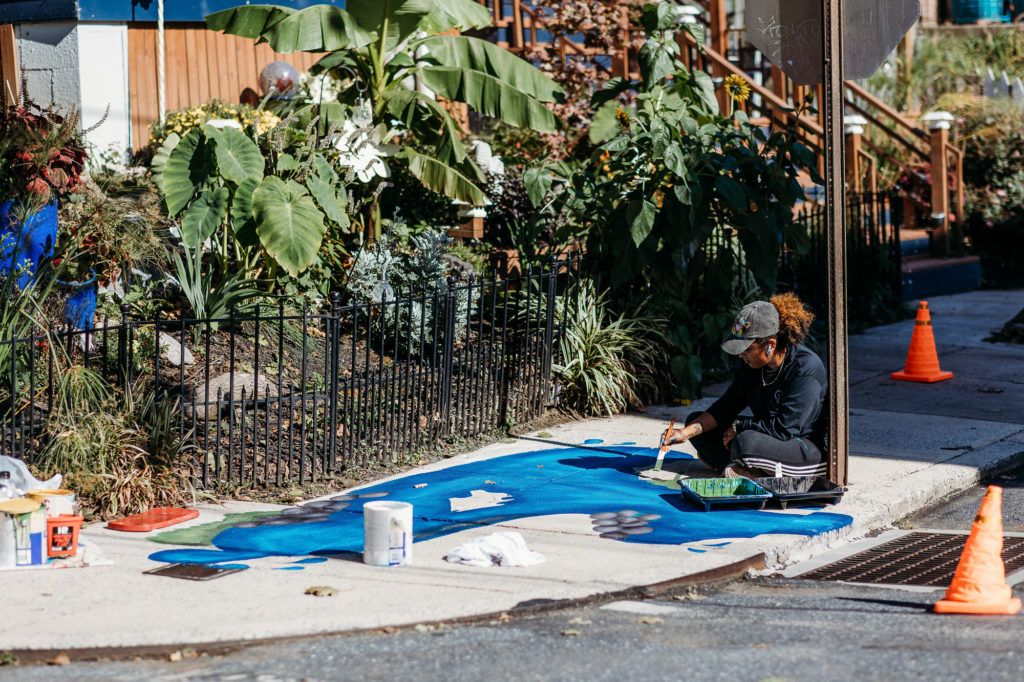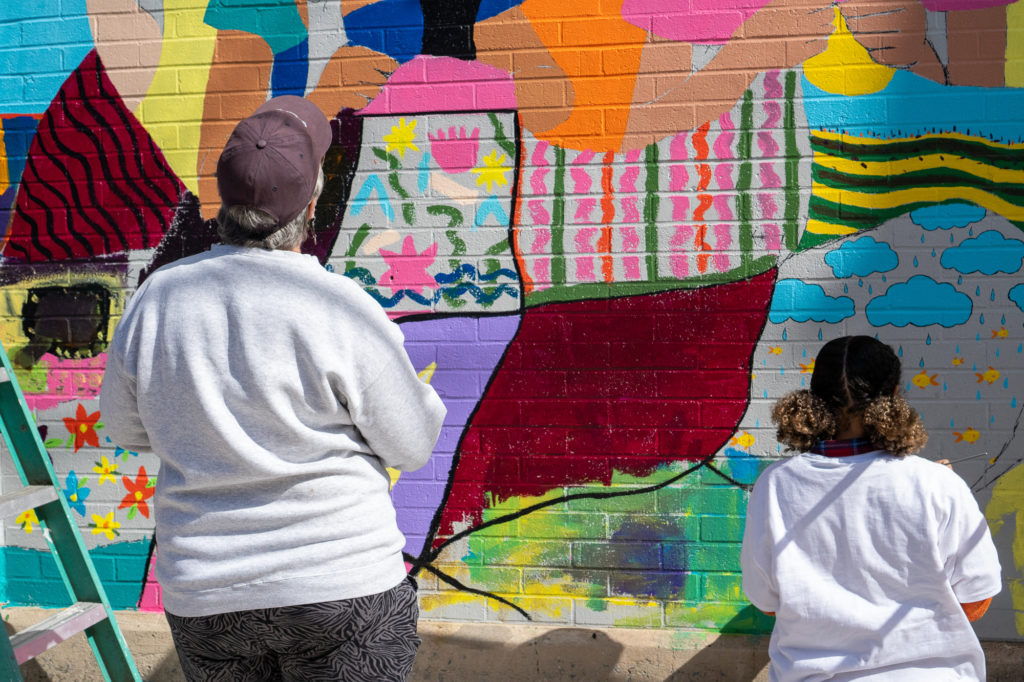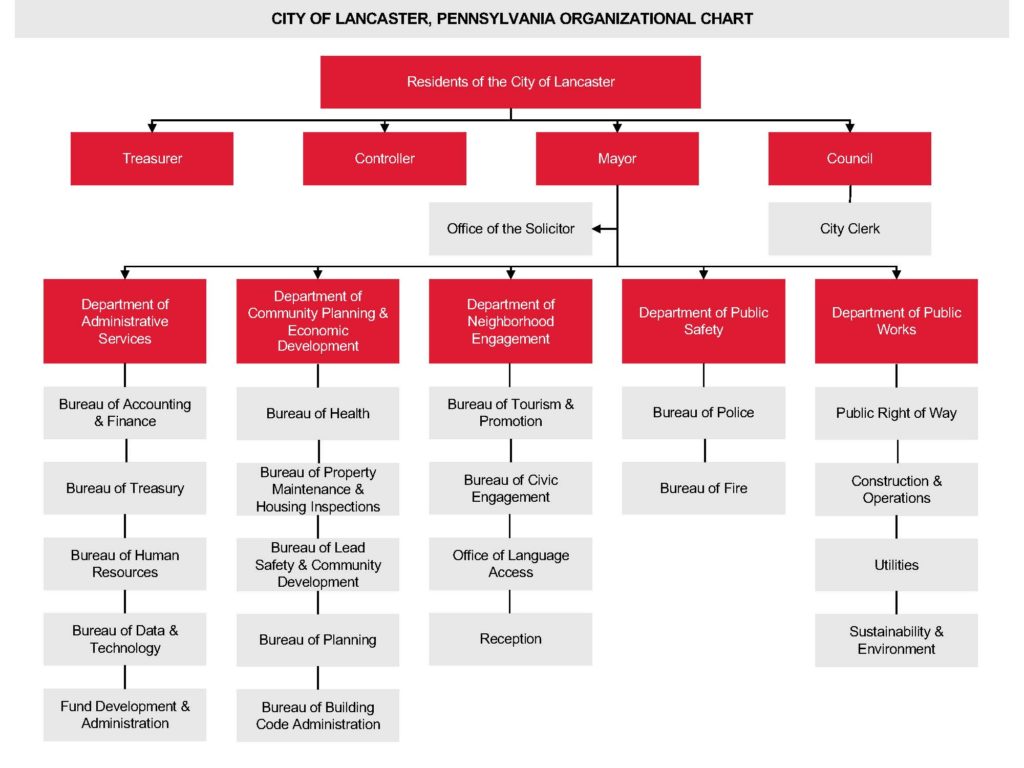What we’ve learned through this process is that it’s not about timelines. It’s about relationships, then timelines. If you build that trust in the beginning, it builds a mutual understanding.
Milzy Carrasco | Director of Neighborhood Engagement, City of Lancaster
Introduction
Lancaster, PA is a historic city of 57,000 at the heart of Pennsylvania Dutch and Amish Country, located inland and equidistant from Philadelphia and Baltimore, MD. Lancaster’s population is diverse, with the majority race and ethnic demographic groups split between Puerto Rican, German heritage, and African American. Lancaster has been dubbed the refugee capital of the world for resettling 20 times more people per capita than the U.S. average.
When Mayor Danene Sorace came into office in 2018, she set out to incorporate creative structures, tools, and policies into her administration to better connect residents with their local government. She established an Office of Neighborhood Engagement, laying the foundation for creative new approaches to everything from neighborhood arts grants to comprehensive planning. Four years later, Lancaster City Council made this effort permanent by elevating the office into the Department of Neighborhood Engagement (DoNE), which now oversees tourism, civic engagement, accessibility and language access, non-emergency reporting, and more. DoNE seeks to “to institutionalize the vital work of engaging the people of Lancaster in an intentional way, celebrating community and cultural bonds, and building the City’s capacity for effective engagement.”
Challenge
Lancaster’s arts efforts gained some momentum under previous Mayor Rick Gray, who utilized the arts as part of his effort to bring businesses back to downtown Lancaster. Milzy Carrasco was appointed the founding Director of DoNE in 2018 and, given a vacancy in the arts office that was previously located in a separate department, began applying for arts-related grants focused on how to better tell the story of “who we are” for local, regional, and international tourists, as well as to amplify civic engagement.
Several existing dynamics laid the foundation for larger-scale experimentation. First, Mayor Sorace was looking for new ways to better connect with a broader swath of residents. Second, Lancaster is home to the Pennsylvania College of Art and Design, a well-respected art school, yet many residents did not benefit from this resource. Additionally, the school’s students, faculty, and graduates were not meaningfully engaged or supported from a municipal standpoint. Last, the local artist community had not been included in previous city commissions for large-scale artwork. Talented artists were brought in from elsewhere, due to the perception that the local artist community did not have the capacity to do large-scale projects, which broke trust and created tension. To address these issues, the DoNE staff took on a new open, communicative approach to developing programs alongside community members, resulting in better engagement and trust-building across the board.
Impact
To kick-start creative collaborations that would begin embedding arts leadership into the community, the DoNE received funding for a Love Your Block Grants program in collaboration with several national and local foundations. These small ($500) grants, which can be used for a wide variety of neighborhood creative projects, facilitate a path for artists to engage in their communities. The program has effectively created a roster of local artists for the city to engage, and has shaped processes for the city to engage with residents in ways that are important to them. Love Your Block has become the opening to a continuum of powerful opportunities for government, artists, and community to come together.
DoNE staff recognized the power of meeting with the community and began soliciting input in open, trusting one-on-one conversations with arts communities and neighborhood leaders. In an effort to acknowledge past harm and move into a healthier form of collaboration, DoNE, starting first within their own entity and then with the broader community, started leading trauma-informed engagement trainings. Through this regular communication and the success of Love Your Block, city officials saw an opportunity to build on the successful Neighborhood Leaders Academy program – which trains community leaders in grassroots community engagement as well as city processes – and further elevate the arts as civic engagement. Of note, Gabrielle Buzgo, who recently served as the city’s Program Manager overseeing the Neighborhood Leaders Academy, brought her own arts background (a master of fine arts in curatorial practice) to the curation of these programs, demonstrating the value of having artists on staff within city government as well.
The DoNE also partnered with their local resettlement agency, Church World Services, to paint a mural celebrating their certification as a Certified Welcoming City by Welcoming America. While the agencies were informally friendly, this partnership formalized their ability to work together and helped make the case for arts as a critical tool for storytelling, collaboration, celebration, and more.
As a key facet of its efforts to embed arts leadership into civic processes, the DoNE applied for and was awarded an Our Town grant from the National Endowment for the Arts in 2019 for its Public Art and Civic Engagement (PACE) Neighbors program. The program awarded five artists a $15,000 commission each to train in civic engagement (in the community and internally in city government), conduct their own project, and also to inform the city’s first comprehensive plan in over 30 years. This last aspect was mutually beneficial in a way that demonstrated to the DoNE’s colleagues – planners and engineers – why working with artists was important. The program received applications from established artists, emerging artists, and everyone in between, thanks to a comprehensive outreach program. This program launched artistic careers for several local organizers, informed the comprehensive plan, and produced powerful pieces of community-engaged art. Projects included collecting oral histories and sharing them through collaborative theater, working with youth to solve self-identified issues through the arts using hip-hop, and creating art that communicates to the city what the LGBTQIA+ communities need. Now that the grant is over, DoNE staff are working to incorporate arts into the ongoing Neighborhood Leadership Academy so that artists can be part of cohorts moving forward.
Lessons for City Leaders
- Weaving the arts into civic engagement initiatives every step of the way can connect city government with residents, collect valuable information, build trust, and tell stories in a unique way.
- Commissioning from and working directly with individual artists helps the artists understand bureaucratic processes and transform relationships with local government.
- A trauma-informed lens is key to resolving past harm experienced by city residents and fostering an open and productive relationship.
- Mayoral leadership in infusing the arts into city departments, supporting staff in seeking creative solutions, and hiring artists within City Hall can help build equity and elevate the democratic process for residents.


